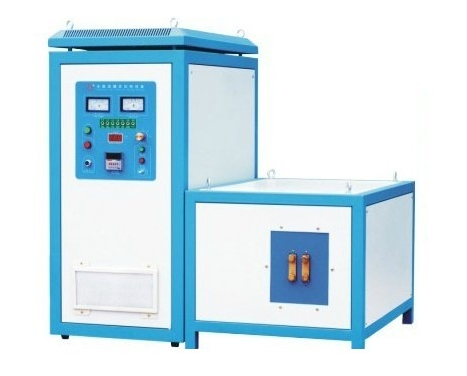- 25
- Jan
The camshaft adopts quenching equipment for quenching heat treatment. What is the inductor like?
The camshaft adopts quenching equipment for quenching heat treatment. What is the inductor like?
There are two types of cam sensors: toroidal and profiling. Most of the engine cam sensors use an annular effective ring. In order to prevent the adjacent cams or journals from tempering due to the influence of the magnetic field, it is necessary to straddle the magnet beam on the effective ring, which not only improves the efficiency of the inductor, but also prevents the scattering of magnetic lines of force. The early cam sensors were equipped with magnet plates and short-circuit rings at both ends of the effective ring, which also had a shielding effect, but the loss was large, and it has now been eliminated.
Cam sensors sometimes use double holes in series, mainly to use the power of the variable frequency power supply. Generally, the number of camshaft journals is small (such as 3), and the heating surface area is large, and the number of cams is large (such as 8) and the heating area is small. . Therefore, when the double-station camshaft hardening machine is used, the double-hole cam sensor and the single-hole journal sensor work alternately, which can be properly matched.
The camshaft journal sensor is generally a heating with a liquid spray structure, and special size journals are also scanned and quenched. Brake cam sensors, because the hardened parts required by the workpiece are two arc surfaces, modern brake cam sensors are mostly designed as a profiling structure. In order to avoid the high temperature of the cam tip, some sensors are designed with a needle valve structure for the peach tip. When the cam is heated, a tiny quenching cooling medium is sprayed from the needle valve hole to adjust the temperature.
The camshaft adopts quenching equipment for quenching heat treatment, and the heat treatment process is mainly implemented by inductors. Therefore, it is of great practical significance to understand the quenching inductor of the camshaft.

